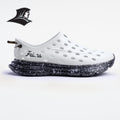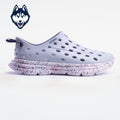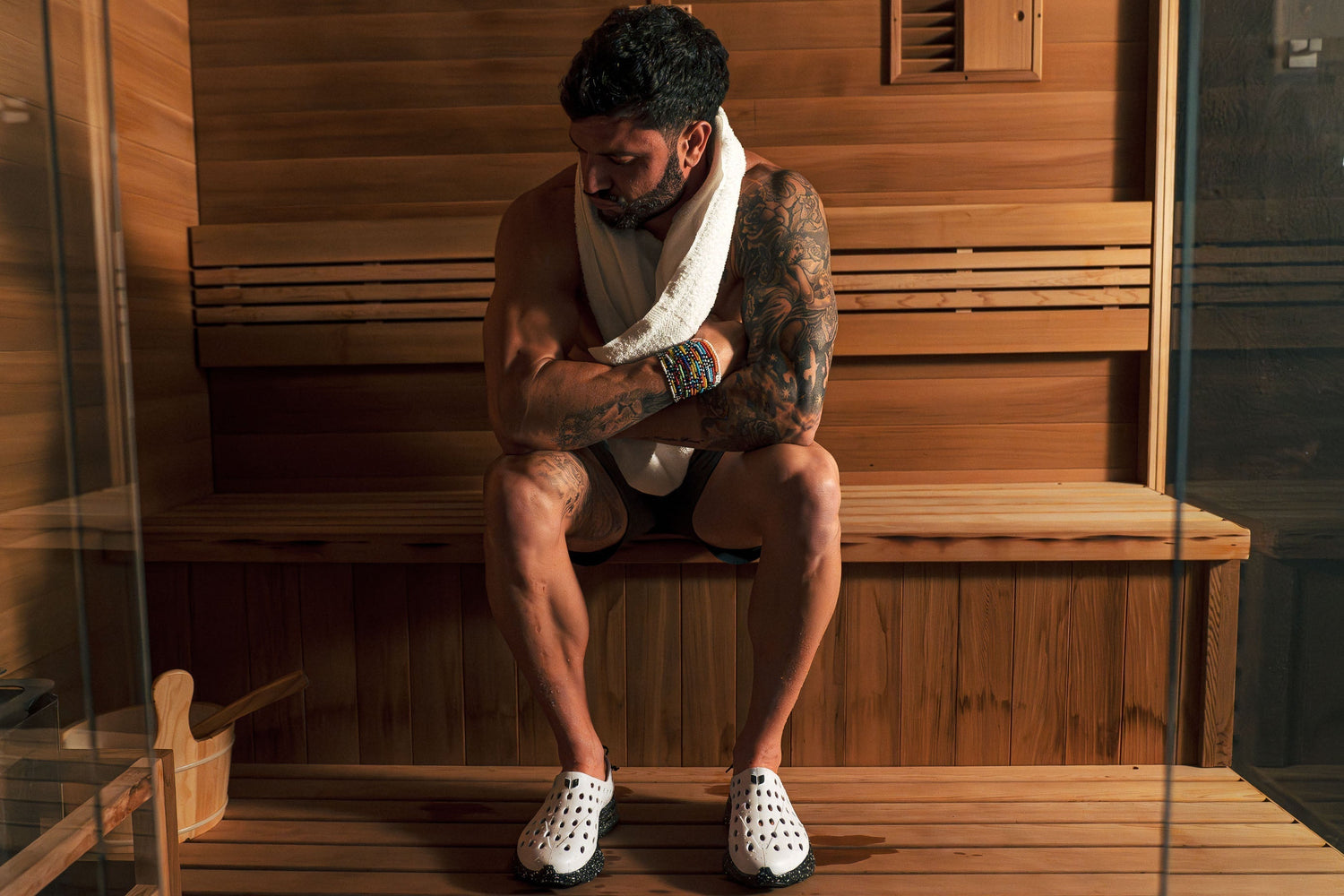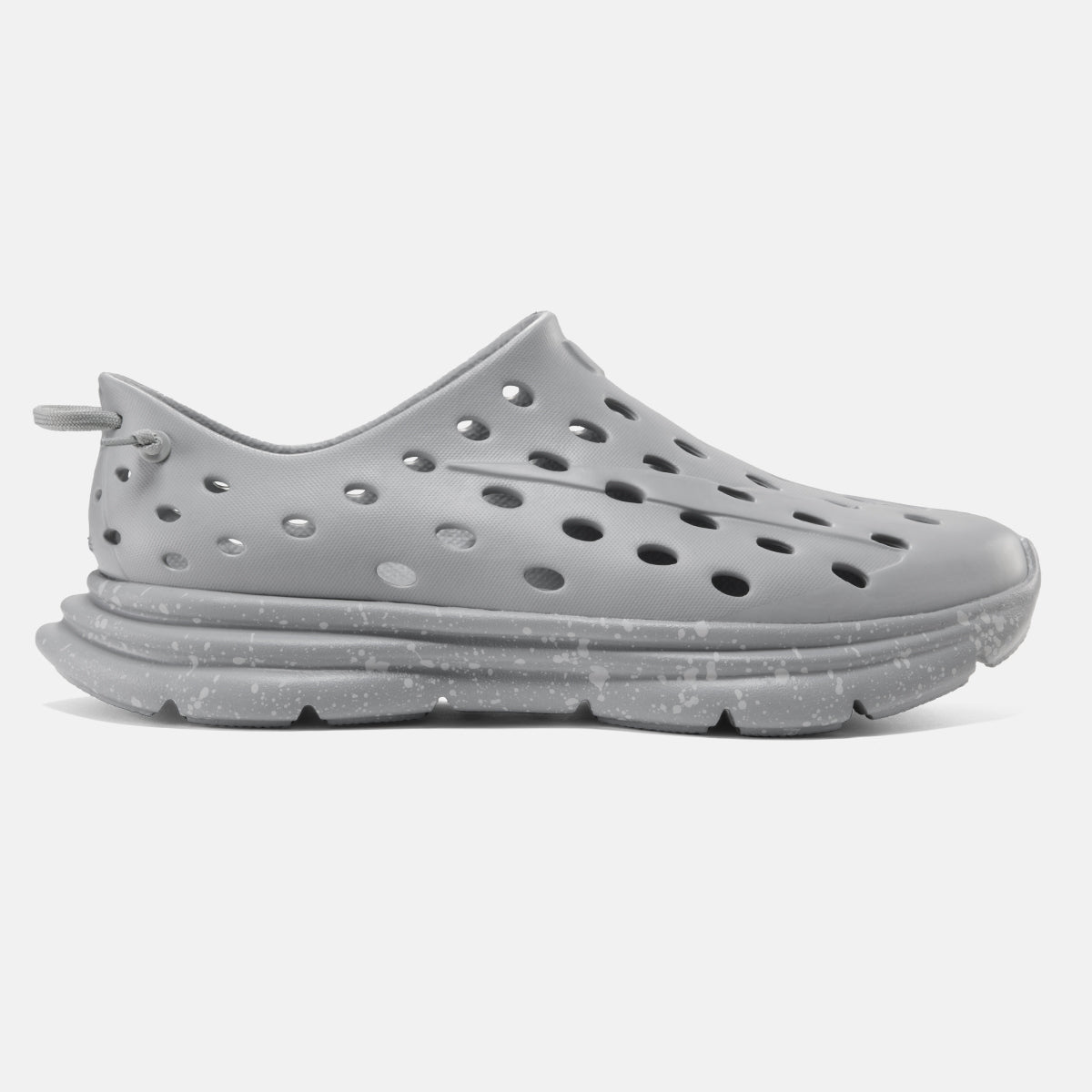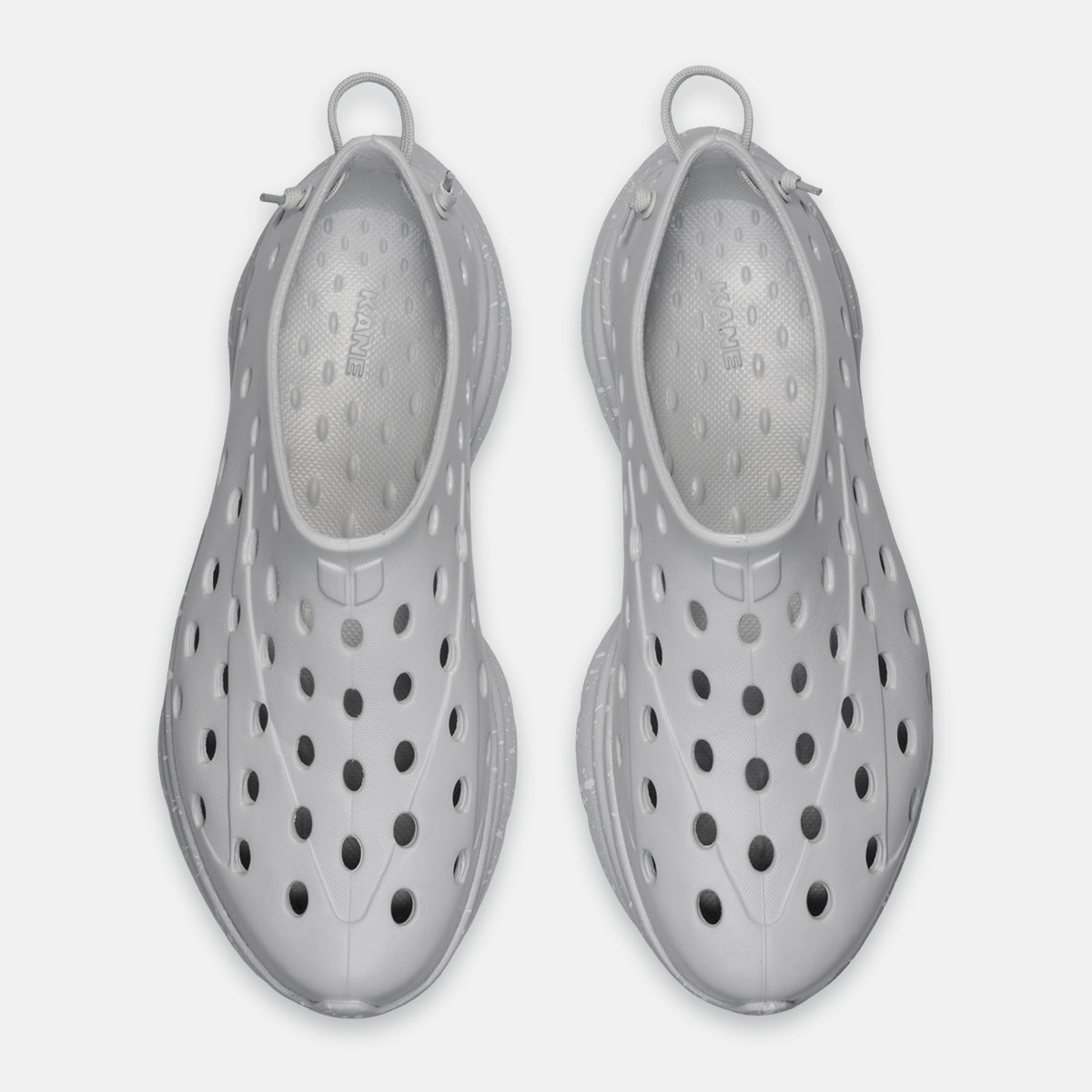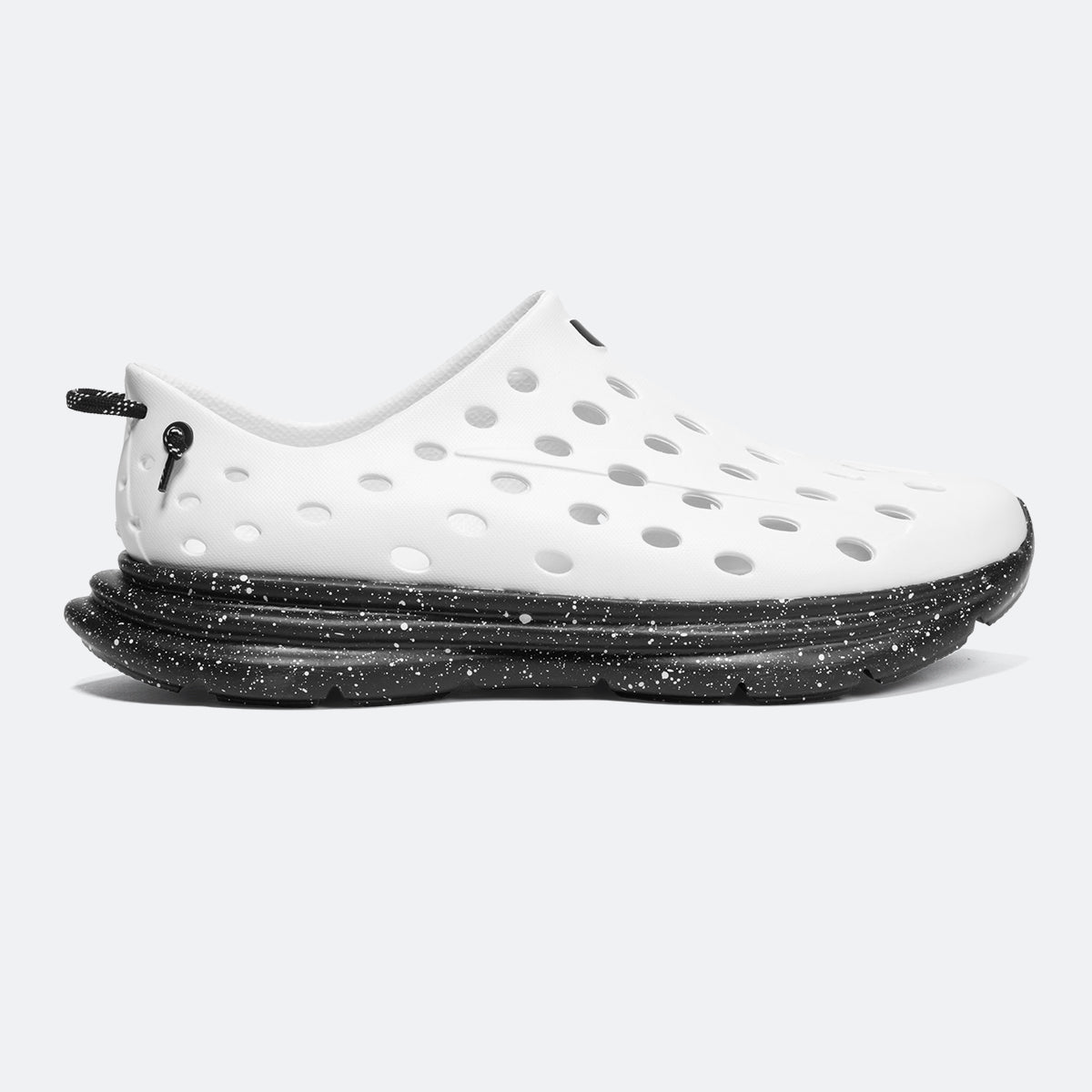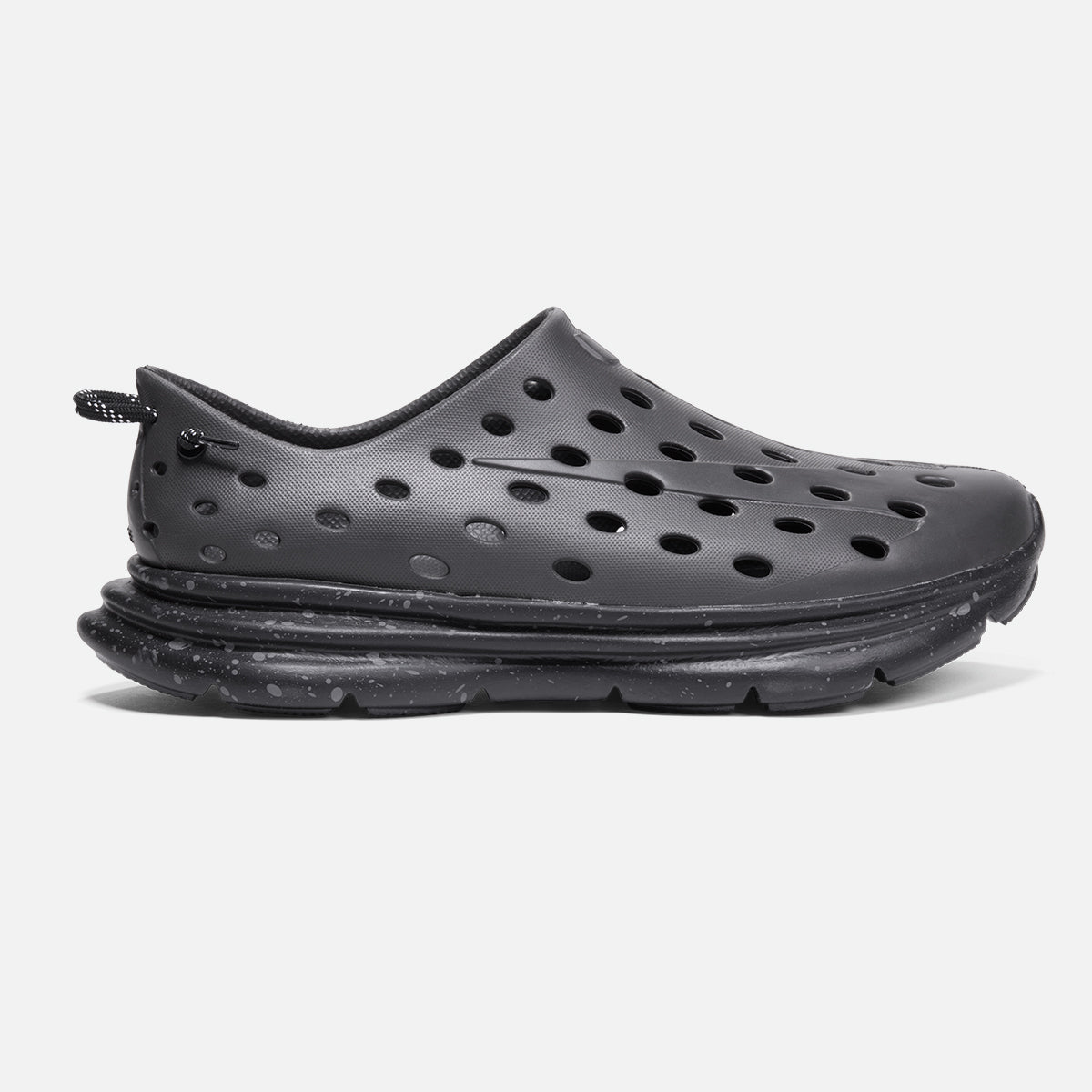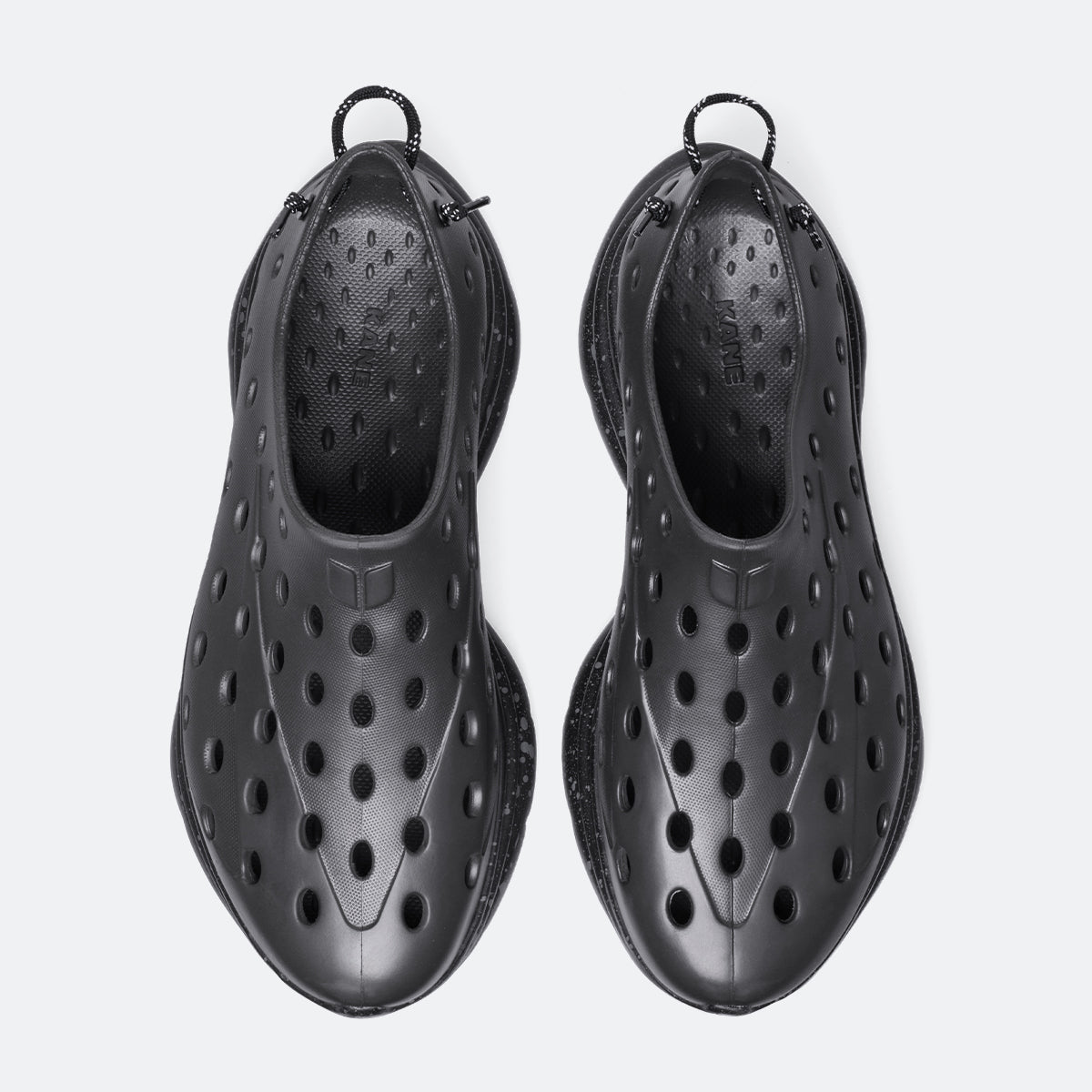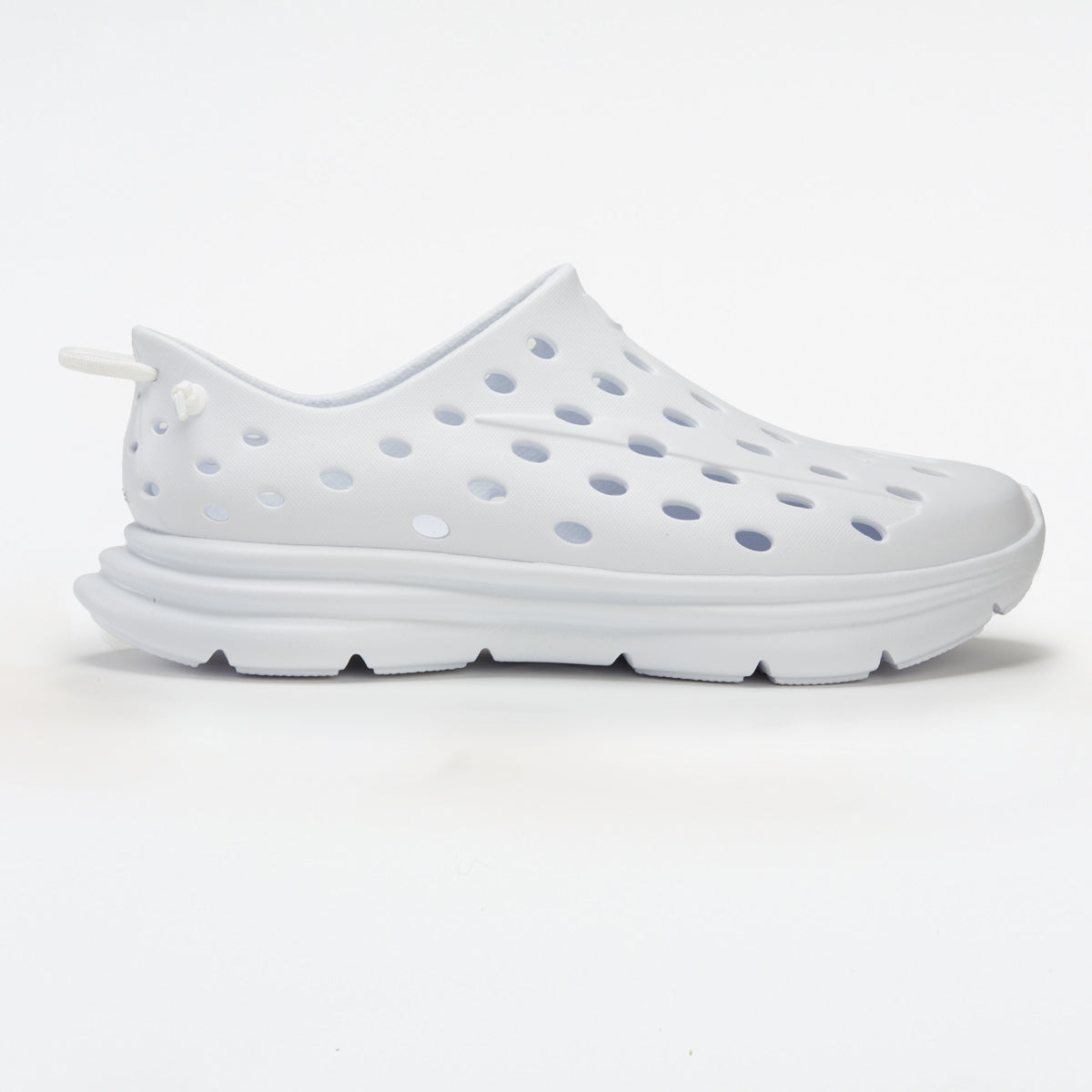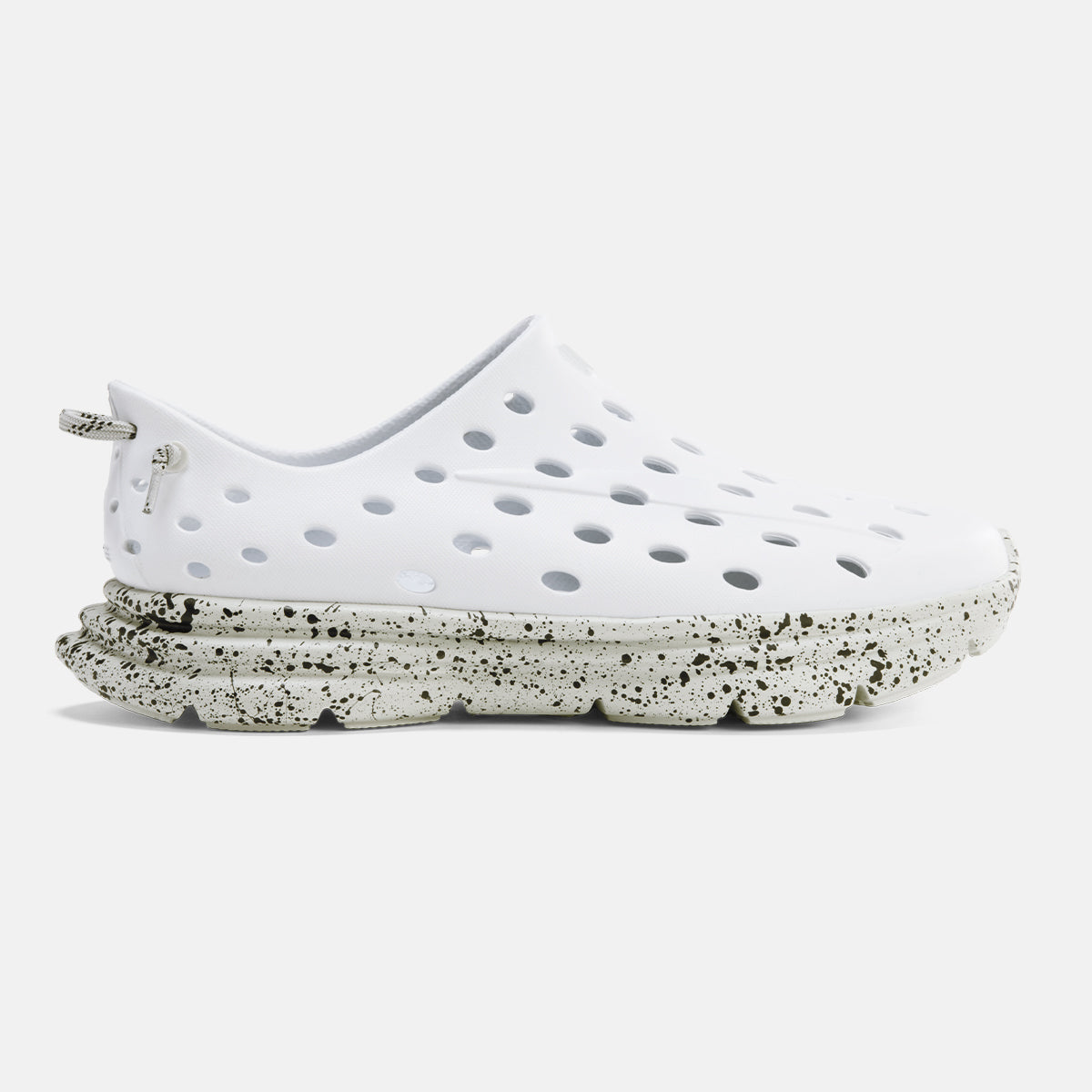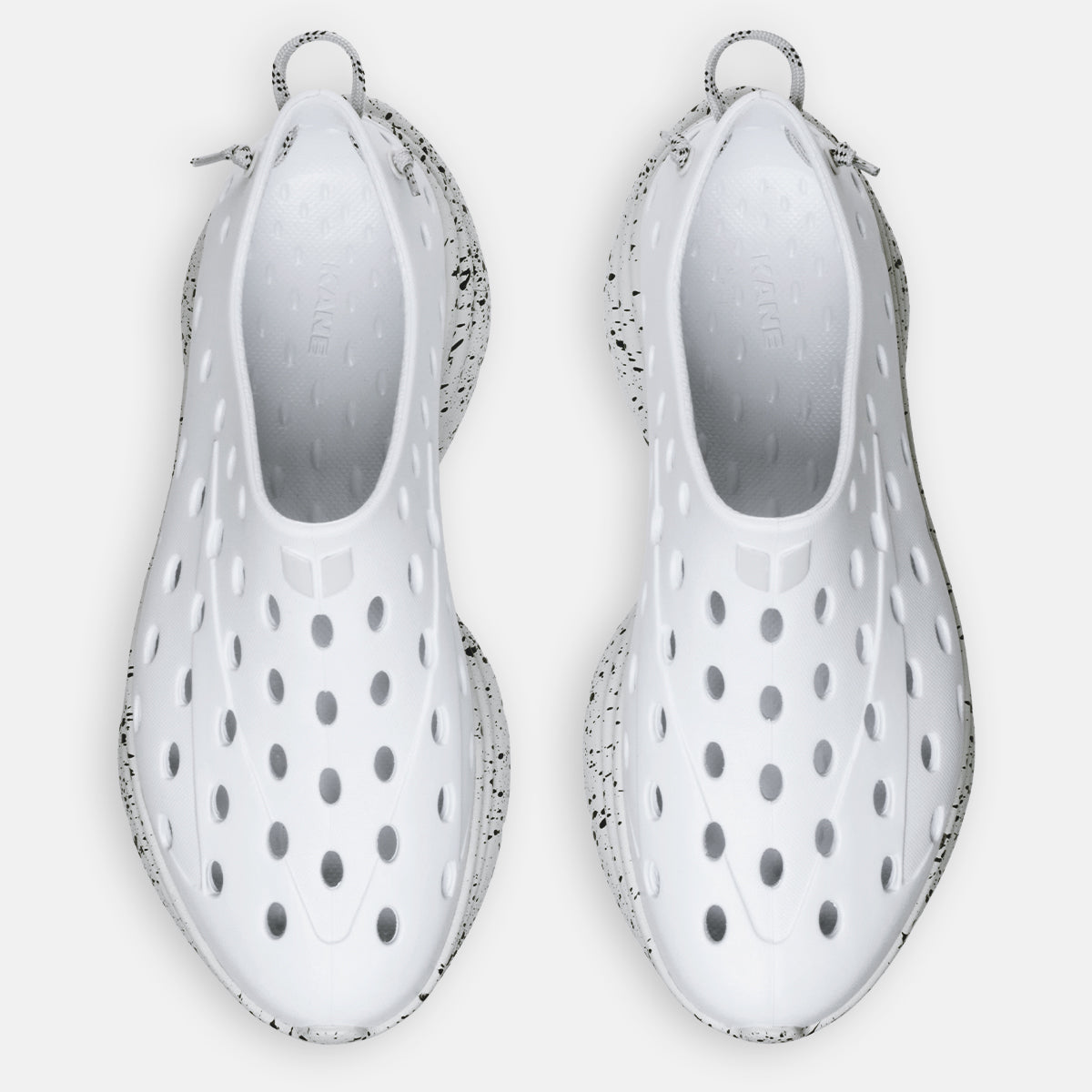After a challenging workout, your body needs time to recover. While rest and proper nutrition are essential, one often-overlooked recovery method is using a sauna. Whether you prefer a traditional sauna or an infrared sauna, sauna bathing offers a range of health benefits that can support your recovery process. From improving muscle recovery to boosting cardiovascular health, incorporating a sauna session into your post-workout routine can elevate your fitness journey.
Explore the various benefits of a sauna after a workout, from easing muscle soreness to enhancing overall well-being. Understanding how using a sauna can impact your body’s recovery helps maximize your workout results while promoting long-term health.
7 benefits of sauna after workout
1. Muscle recovery
One of the most noticeable signs of a tough workout is muscle soreness. The discomfort and stiffness accompanying muscle pain are often due to lactic acid buildup and microtears in muscle fibers. Taking a sauna can help alleviate this discomfort by increasing blood flow to sore muscles and delivering much-needed oxygen and nutrients to promote healing.
As you sit in a sauna, the heat helps your muscles relax, reducing tension and aiding in removing toxins and waste products. The increased blood circulation supports the muscles, allowing your body to repair itself faster and more efficiently. A post-workout sauna can accelerate recovery, reducing muscle stiffness and improving your range of motion.
Sauna bathing offers a natural way to enhance recovery, especially after resistance exercises or intense physical activity such as playing hockey or heavy lifting.
2. Cardiovascular health
Studies suggest that saunas may help improve cardiovascular health. Sitting in a sauna increases your heart rate, strengthening the cardiovascular system in the long run. The heat causes your blood vessels to dilate, improving blood flow and delivering oxygen to your body’s vital organs. This increase in blood circulation can enhance cardiorespiratory fitness, essential for overall heart health.
Researchers have found that going to a sauna regularly can help reduce blood pressure by improving the function of the vessels, which helps maintain cardiovascular fitness. Sauna bathing may even reduce the risk of stroke, and studies suggest that going to a sauna four to seven times a week cuts the risk of cardiovascular death.
Note: People with heart conditions and pregnant women should talk to their doctor before going to a sauna.
3. Sauna benefits for mental health
Sauna use can provide valuable stress relief. The heat and relaxation of a sauna room trigger the release of endorphins, the body’s natural feel-good hormones. These endorphins can boost your mood and alleviate feelings of anxiety and tension.
More than relaxation, a 2016 Finnish study suggests that using a sauna may even result in reduced risk of Alzheimer’s disease and other forms of dementia.
4. Improved muscle function and flexibility
Another benefit of using a sauna after a workout is improving muscle function and flexibility. Heat exposure can increase the elasticity of your muscles and soft tissues, which helps prevent injuries and enhances mobility. Improving muscle function is particularly beneficial after an intense or high-impact workout that may leave you feeling tight and stiff.
By encouraging muscle relaxation and improving the flexibility of soft tissues, sauna sessions make it easier to stretch and move comfortably. Flexibility is vital for many reasons, including movement in daily life, but it can be especially beneficial for those who practice yoga or Pilates.
The heat from the sauna can also alleviate muscle tension, especially in areas like the shoulders, back, and legs, which may hold tension from everyday stress or previous exercise routines.
5. Detoxification
A sauna provides more than just relaxation—it also supports your body’s natural detoxification processes. As you sweat in the heat, your body releases toxins and waste products through the skin. This includes heavy metals, chemicals, and other impurities that accumulate in the body over time.
Sweating also helps eliminate excess water weight. Infrared saunas, in particular, are thought to penetrate deeper into the skin, which may help flush out toxins at a cellular level. Regular sauna use after exercise can detoxify, support, and promote better overall health.
6. Weight loss and metabolic benefits
Saunas can contribute to weight loss, though primarily temporary water loss rather than significant fat loss. When using a sauna, the intense heat induces sweating, which can lead to a loss of excess water stored in the body. While sitting in a sauna doesn’t directly burn calories like exercise does, the heat increases your heart and metabolic rate, which can temporarily increase calorie burn. Infrared saunas are particularly good at promoting this as they provide deep, penetrating heat.
Regular sauna use may not help you lose weight long-term, but it can improve your body’s ability to burn fat and enhance metabolic processes. As the body heats up, it experiences a form of heat stress, which can stimulate the body’s fat-burning mechanisms.
7. Saunas and improving circulation
Another benefit of post-workout saunas is their ability to increase blood flow. As the heat from the sauna causes your blood vessels to dilate, it enhances the flow of oxygen-rich blood throughout the body. This increased blood flow helps deliver essential nutrients to muscles, tissues, and organs while removing metabolic waste products.
Improved circulation can help with delayed onset muscle soreness (DOMS), reduce the risk of muscle injury, and promote quicker recovery times. Spending a few minutes in the sauna after a workout is ideal for maximizing these effects, as your body is already in a heightened state of recovery following exercise.
Exploring different types of saunas
Saunas come in a variety of styles, each offering unique features and benefits:
- Traditional saunas: These are typically heated with electricity or burning wood to warm the air, creating a classic high-heat, low-humidity experience.
- Infrared saunas: Instead of heating the air, these saunas use infrared panels to warm your body directly, often at lower temperatures, for a gentler experience.
- Wood-burning saunas: A rustic option, these saunas use a wood stove to generate heat, offering a natural feel.
- Smoke saunas: These traditional Baltic saunas rely on smoke from a wood fire to heat the room and stones, providing a uniquely elemental atmosphere.
- Portable saunas: Compact and easy to set up, portable saunas, such as sauna blankets and tent saunas, are a convenient option for those short on space or always on the go.
- Steam saunas (or steam rooms): While technically different from traditional saunas, the wet heat of a steam room (a.k.a. wet sauna) creates a humid environment, benefiting respiratory health and hydrating skin.
Sauna safely
While saunas can offer many health benefits, consider these factors to ensure you have the best experience possible. If you have pre-existing health conditions or are pregnant, consult a healthcare professional for the green light before taking a sauna. Here are some other factors to watch out for:
Hydration
Staying hydrated is essential, especially during and after sauna sessions. The intense heat can cause significant fluid loss through sweat, so drinking plenty of water before, during, and after your sauna session is crucial.
Moderation
It's also important to practice moderation. Excessive sauna time or frequent exposure to extreme heat can lead to heat stress or dehydration. Limit your sauna session to between 15 and 20 minutes—and listen to your body. If you feel lightheaded or uncomfortable, exit the sauna and cool down gradually.
Conclusion: Sauna use as a critical part of post-workout recovery
Whether you're using a traditional sauna, a dry sauna, or an at-home sauna with infrared heaters, each type can offer unique recovery and performance benefits for both body and mind. Heat exposure improves muscle function and flexibility while providing a mental reset, as the warmth encourages endorphin release, relieving stress and improving mental clarity. A sauna directly after a workout is an ideal time to calm the body, giving lasting relaxation. Regular, moderate sauna use can enhance your physical and mental recovery while boosting long-term health and wellness.
Frequently asked questions
How long should you sit in a sauna after a workout?
After a challenging workout, most experts recommend staying in the sauna for 10 to 20 minutes. This time frame is enough for heat therapy to support muscle recovery and promote relaxation without overexerting your body. Listen to your body and leave the sauna if you feel dizzy or uncomfortable. Stay hydrated throughout your session to help regulate your body's temperature and maximize the benefits.
Does sauna bathing burn fat after a workout?
While a post-workout sauna can help with muscle recovery and provide relaxation, it doesn't directly burn fat. The heat exposure causes your body to sweat and can promote temporary weight loss. However, regular exercise combined with a healthy diet is key for fat loss. That said, a sauna session may help with stress relief and promote better circulation, indirectly supporting your weight loss efforts.
What does a 10-minute sauna session do?
A 10-minute sauna session can offer several health benefits, including relaxing muscles and increasing blood flow. It helps dilate vessels, promoting better circulation and reducing muscle tension. The heat also induces sweating, which can assist with detoxification. Sauna bathing after an exercise session helps relax both the body and mind, potentially supporting recovery and stress relief and improving mental wellness.
How long do you have to be in the sauna to get benefits?
For most people, spending 15 to 20 minutes in the sauna is ideal for experiencing the benefits. (Beginners should start with five to ten minutes to acclimate.) This duration allows blood vessels to dilate, increasing blood flow to your muscles, which helps in recovery and relaxation. Remember to listen to your body and avoid staying in the sauna too long. Always stay hydrated in a sauna or steam room to prevent dehydration.
What does a sauna session do to your blood pressure?
Taking a sauna can positively affect your blood pressure. The heat causes blood vessels to dilate, which improves blood flow and can help lower blood pressure over time. This may be especially beneficial for individuals with high blood pressure. However, for those with low blood pressure, be cautious, as extended sauna use might cause dizziness. Regular sauna use can also support heart health by reducing the risks associated with cardiovascular disease. However, if you have cardiovascular issues, always consult with a healthcare provider first to learn how sauna use might affect your health.
What are the pros and cons of a sauna?
Saunas can be a great way to relax and recharge, but weighing the benefits against the risks is vital to decide if they’re right for you.
Pros:
Using a sauna regularly can offer health benefits, especially as part of an exercise routine. The heat therapy helps relax muscles, promotes recovery, and improves blood flow by dilating blood vessels. This increased circulation can support better cardiovascular health, reduce tension, and improve mental health. Taking a sauna can also help relieve stress and promote relaxation.
Cons:
While saunas are beneficial for many, they aren’t for everyone. Prolonged heat exposure can cause dehydration, so drink plenty of water. People with high blood pressure, heart disease, or other health conditions should consult with a doctor before taking a sauna. Spending extended periods in extreme heat might cause dizziness or overheating, especially if you have underlying health conditions. Always listen to your body and limit your sessions to avoid discomfort.
Are you supposed to wear a bathing suit in a sauna?
It’s common to wear a bathing suit or a towel in a sauna, especially in public settings, as it offers modesty and comfort. Opt for a lightweight, breathable swimsuit made of natural fibers for better airflow. Avoid swimsuits with metal parts, which can heat up and cause discomfort. In private saunas, some people wear a towel, while others prefer going without clothing for total skin exposure to the heat. Always follow the sauna’s guidelines on attire to ensure a comfortable, respectful experience.
No content on this site should ever be used as a substitute for direct medical advice from your doctor or other qualified clinicians.























